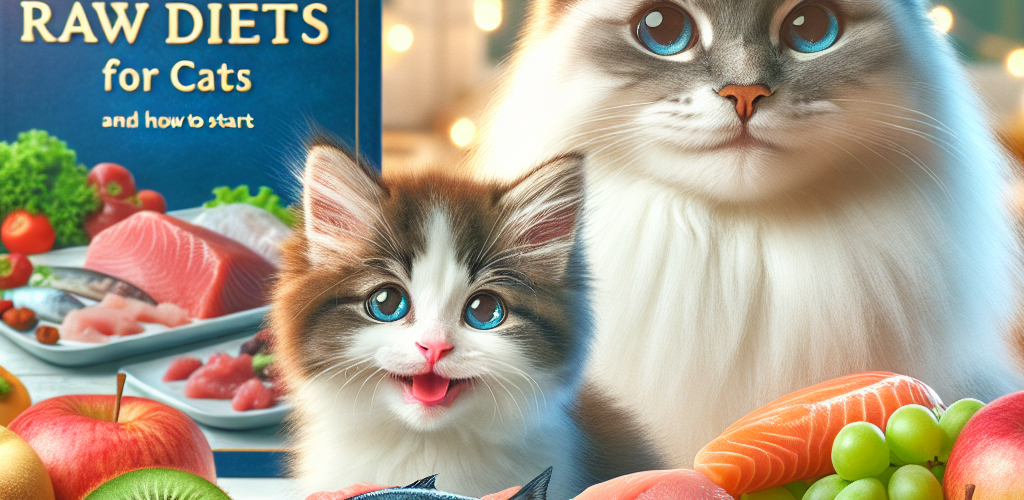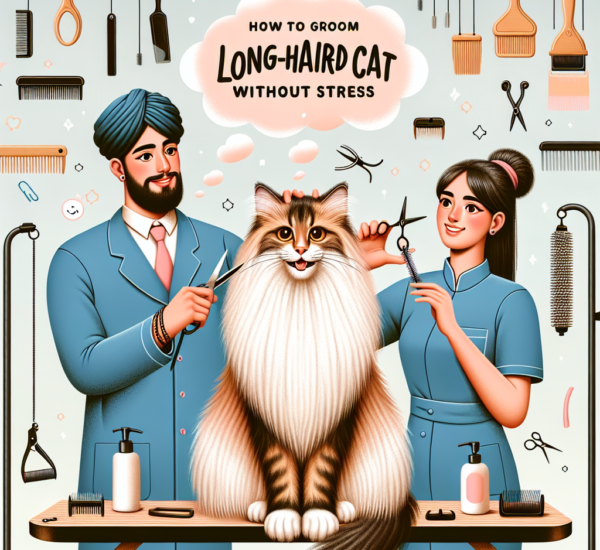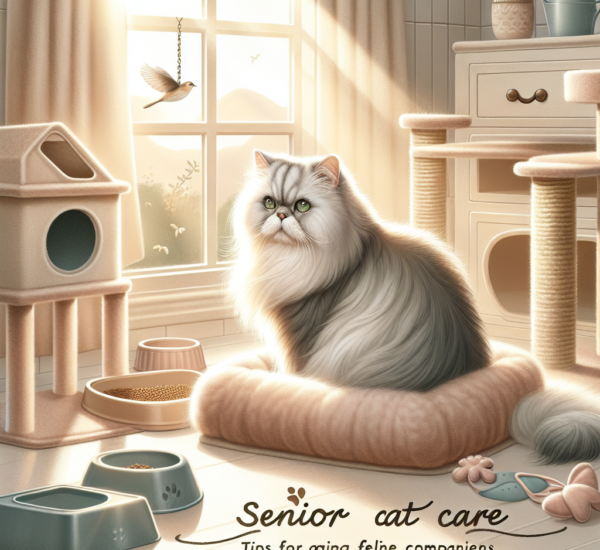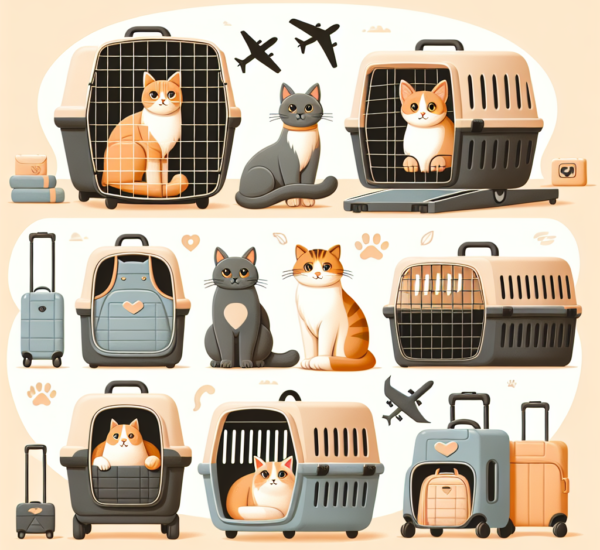Are you considering switching your cat to a raw diet but aren’t sure where to begin? You’re not alone. Many cat owners have discovered the incredible benefits of raw feeding, leading to healthier, happier felines. In this guide, we’ll explore the benefits of raw diets for cats and provide a step-by-step approach to help you get started.
Table of Contents
The Benefits of Raw Diets for Cats
Raw diets, often referred to as BARF (Biologically Appropriate Raw Food), have gained popularity due to their alignment with a cat’s natural dietary needs. Here are some compelling benefits:
Improved Digestion
Cats, as obligate carnivores, thrive on diets high in meat. Raw meat is easier to digest compared to heavily processed commercial cat foods, leading to smaller, less odorous stools.
Healthier Skin and Coat
Feeding raw provides essential fatty acids, promoting a shinier coat and healthier skin. Cats on raw diets often suffer less from skin irritations and allergies.
Increased Energy and Vitality
A raw diet is rich in nutrients like amino acids and vitamin B, which enhance energy levels and overall vitality in cats.
Weight Management
Many cats struggle with obesity due to high-carb commercial diets. Raw feeding helps maintain an ideal weight, reducing the risk of weight-related health issues.
How to Start a Raw Diet for Your Cat
Transitioning your cat to a raw diet requires careful planning and consideration. Let’s break it down step by step:
1. Research and Prepare
Understand the nutritional needs of your cat. A balanced raw diet typically includes muscle meat, organs, and bones. Consulting a veterinarian is always a good idea to tailor the diet to your pet’s specific needs.
2. Gradual Transition
Start slow. Introduce raw meat in small amounts mixed with current kibble or wet food. Gradually increase the raw portion over a week or two to prevent digestive upset.
3. Purchasing Quality Ingredients
Source high-quality meats and organs from reputable suppliers. Avoid meats treated with additives or preservatives. Some pet stores and online retailers specialize in raw pet food.
4. Preparation and Storage
Raw feeding requires proper handling. Store meat in the freezer and thaw it thoroughly before serving. Always handle raw meat with care to prevent contamination.
5. Monitor Your Cat’s Health
Keep an eye on your cat’s health during the transition. Monitor weight, coat quality, and overall behavior. Regular veterinary check-ups are essential to ensure your cat’s nutritional needs are met.
Ready to make the switch? Visit our comprehensive guide on raw feeding tips for more insights!
Frequently Asked Questions
Is a raw diet safe for all cats?
While many cats thrive on raw diets, it is crucial to consult your vet, especially for kittens, elderly cats, or those with health issues.
Can I mix raw food with kibble?
Yes, but it’s best done during transition periods. Monitor your cat for any digestive issues during this time.
How do I ensure a balanced raw diet?
A balanced raw diet includes a variety of protein sources, organs, and bones. Supplements may be necessary; consult with a pet nutritionist.




